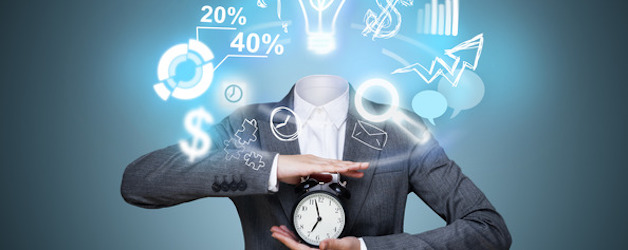
Steve Wozniak. Elon Musk. Stephen Hawking. The list reads like the Who’s Who of people at the top of their fields.
What do they all have in common? They all have a deep commitment to integrating artificial intelligence safely into our world. They’ve even signed a letter of commitment to prove it.
But what does that mean for us, businesses and consumers that are simply trying to do our jobs as best as possible?
Artificial Intelligence is defined as the simulation of human intelligence processes by machines, especially in computer systems. These processes include a variety of human functions, including learning, reasoning, and self-correction. It’s quickly playing a role in all kinds of activities, from speech recognition, translating, and visual perception. We see it in our everyday lives.
Look no further than your phone to see AI in action. Ever ask Siri on your iPhone for a restaurant nearby? Or ask Cortana on your Android for directions? That’s AI helping you out with your everyday tasks.
At this point, our mobile devices are still primarily being used for status updates, texts, and selfies. But as artificial intelligence continues to become smarter, we see all kinds of ways to put it to use. Siri, for instance, can become your built-in assistant, and become smarter with each request you make. You no longer have to do some of the most repetitious parts of your day. Like copy/paste. Or switch back and forth between platforms to perform basic tasks. If Siri anticipates your moves, she can make them for you, saving you valuable time.
But of course, that’s only the beginning.
Imagine being able to upload an image and having everything about that image be instantly recognizable. Facial features can be analyzed and tagged, so it’s easily transferable to your social sites. And the image can also be analyzed for what is happening in the photo, creating copy that mirrors the actions in the image. It may not be perfect … yet. But AI is adding sophistication to the programming, and it’s only a matter of time before it’s a seamless process that requires little interaction from you, the user.
And of course, this is only the tip of the iceberg. Artificial intelligence doesn’t end with mobile and social media. In fact, it’s being used in every aspect of our lives.
It’s important to remember that AI is only in its infancy; it has many problems that still need to be worked out. Such as the axiom of AI being used for good versus evil. AI currently still acts randomly based on a limited number of predetermined, programmed conditions. But as AI becomes smarter, more opportunistic with the way it thinks, it can fall into many different hands for many different purposes.
Amazon, for instance, uses a machine learning service that analyzes results from data, based on its own internal algorithms, to predict customer spending habits. This concept can be transferred and used in other businesses in a variety of ways. If you can gain better insight into behavior, you can use it to produce AI that will help guide the critical decision-making process.
But what if the not-so-good use that same prediction model to learn your online search behavior, and use it to gain your trust to get access to your most private information?
While AI will continue to grow and be put into use in a variety of ways, it’s the threats that also have to be monitored along the way. When something is developed for good and has the opportunity to improve our lives, there are always threats that exist to use it for bad. Threat modeling, threat prediction, and threat analysis are all ever-growing challenges in the world of IT.
And if you don’t begin to take the necessary steps now to counteract what’s coming, the future may impact your more than you can imagine, sooner than you think.


